Magazines list (49)
Sort:
Nations - History and Memory
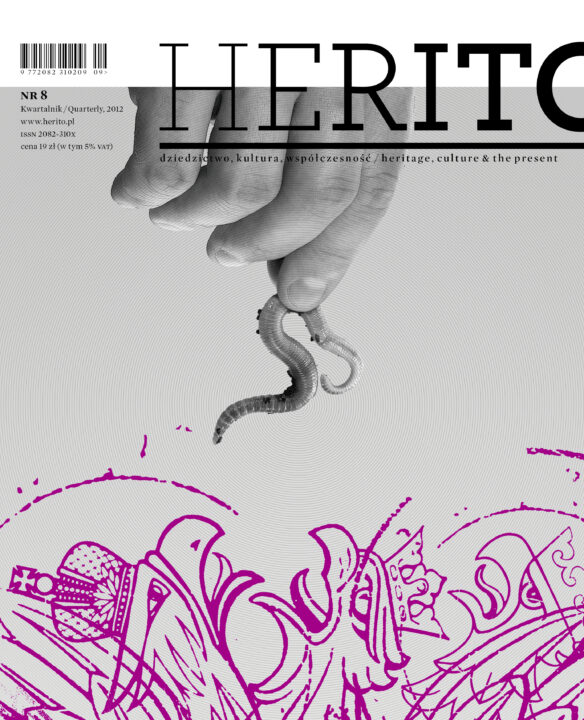
If today is as much a mosaic of nations and their histories as a social tissue of their individual memories, families, milieus and institutions, the sphere that has emerged between them appears to be an area of tension and often conflicts. What kind of conflicts? Whose conflicts? Who and for what purpose do memory and history now serve? These are some of the questions that run through this issue, and the review of opinions it publishes opens with Miroslav Hroch’s question: What does Europe still need a nation for?
Premiere:2012
Nations and Stereotypes

History teaches us that international relations are strongly contingent on our representations of others. Even if the beliefs we live by do not find corroboration in reality, we are reluctant to discard stereotypes or prejudice, which Ambrose Bierce called “a vagrant opinion without visible means of support”.
Premiere:2014
Patterning. Design in Central Europe

Does Central Europe have a distinctive design? In the countries of our part of Europe – which in the last 150 years have experienced constant political, ideological, class, and cultural transformations – design reveals surprisingly many common features.
Premiere:2016
Post-mining
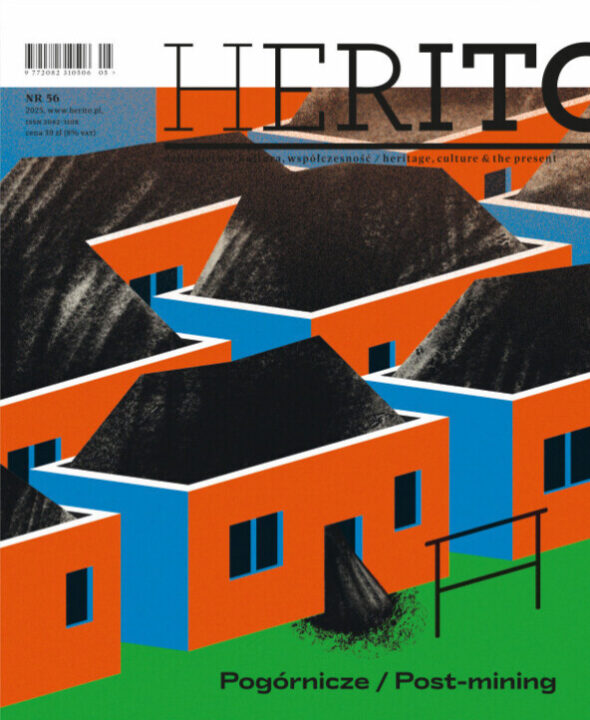
Central Europe is unique in terms of its mining heritage, writes Barry Gamble in the latest issue of “Herito”. The mining industry has played a key role in social development in the area, which is why it is so important to appreciate it and think about how to preserve its legacy. How to do it and when is it worth it? We examine what place post-mining spaces have in society in the age of digital capitalism, climate apocalypse and the onslaught of developer activity. Or is this a vision of a dire tomorrow? We look for answers in interviews with experts, but also in photography, history or art.
Premiere:2025
Romani Culture in Central Europe

In this HERITO, we look at the history of the Roma, but above all at their present, and especially at how “Romaness” in its broadest sense manifests itself in the architecture, culture and art of our part of the world.
Premiere:2022
Rumunia - Romania - România

Romania is a paradoxical country. Although the long 19th century was very kind to it – the young country entered the European arena and quickly acquired an esteemed position – the short 20th century did not spare it in any respect. Trapped between fascism and communism, Romania had chosen the lesser of two evils. Decades in the shadows of “The Sun of the Carpathians” turned out to be the worst years of all. A sad country, full of humour” – George Bacovia’s prophetic words from the 1930s came true in excess.
Premiere:2013
Silesias
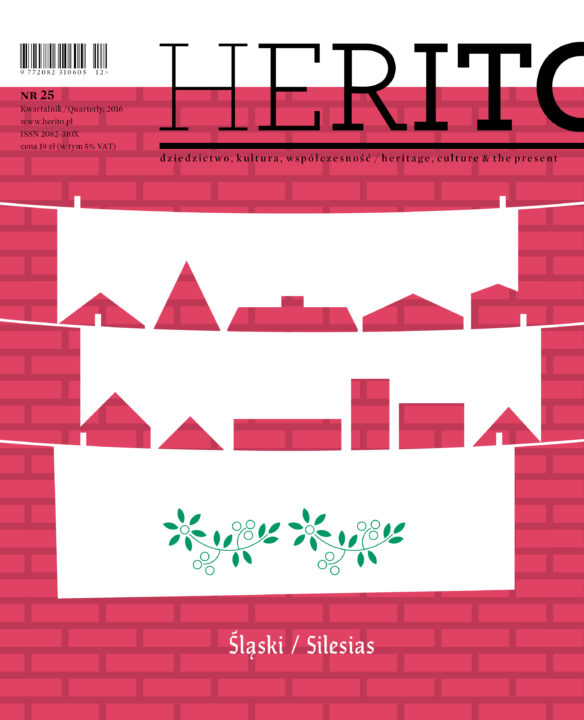
Silesia has a multiplicity of faces. Besides the name, it is difficult to find a common denominator between Lower and Upper Silesia or Cieszyn and Opole Silesia. The multidimensionality of the region has not been determined only by its three formative cultures: Polish, German and Czech. Other important contributors have been two great Christian traditions, Catholic and Protestant, to this day engaged in an intense dialogue with each other.
Premiere:2016
Słowacja - Slovensko - Slovakia
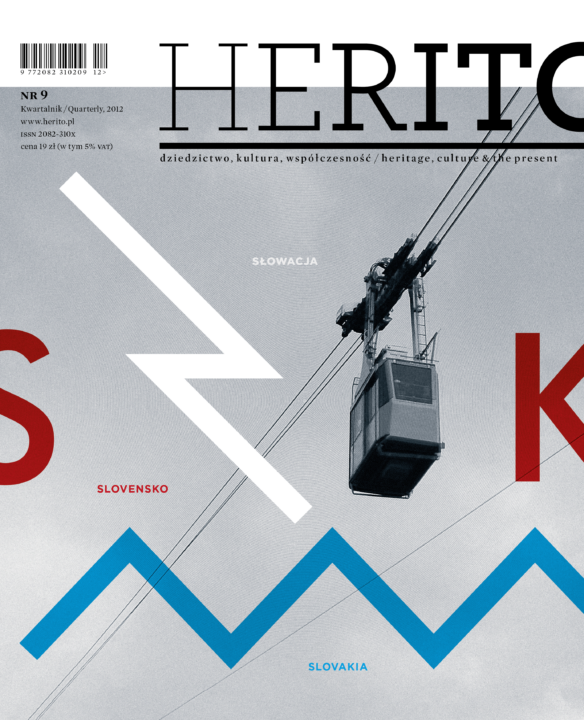
Our main focus is both the past and the present of the Slovaks which is reflected in their culture and identity. On clear days we can see from our office windows the massif of Babia Góra on the horizon; working on this issue we wished to make Slovakia and its culture not only equally visible to but also better understood by its closest and more remote neighbours.
Premiere:2012
Spirit of Georgia

Archaeological research conducted in Georgia, in the ancient region of Colchis, confirms 3400-year old, uninterrupted existence of the city of Kutaisi. According to Greek mythology Colchis – a dangerous land, inhabited by witches and dragons – is the place where the Argonauts, led by Jason, travel to find the Golden Fleece. Georgian culture dates back to ancient times, but we as Poles know very little about it.
Premiere:2022
Stories From Countries Which Are no More
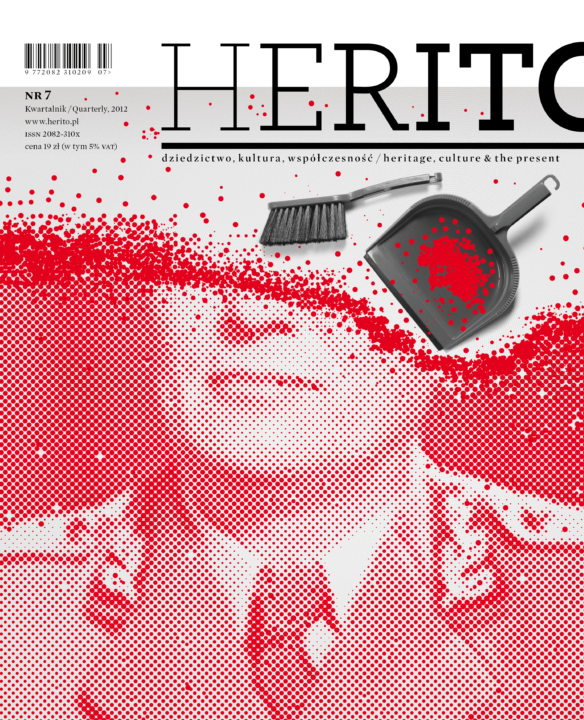
In 1989 Poland bordered three countries. Just a few years later none of them existed. During this memorable autumn Milan Kundera’s dream was being fulfilled: that the countries from our part of Europe return from the East, where they wrongly found themselves, to where they should be – if not in the West then at least in the Centre.
Premiere:2012
Symbols and Clichés
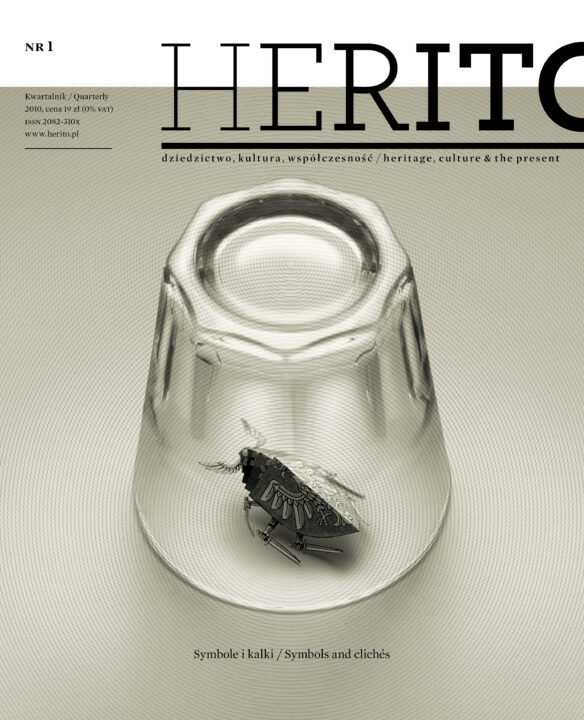
In the first issue, entitled Symbols and Clichés, we give a critical airing to notions connected with national ideologies and political myths and their functions, and look also at their various reflections in art, architecture and the landscape.
Premiere:2011
The Balkans Transformed
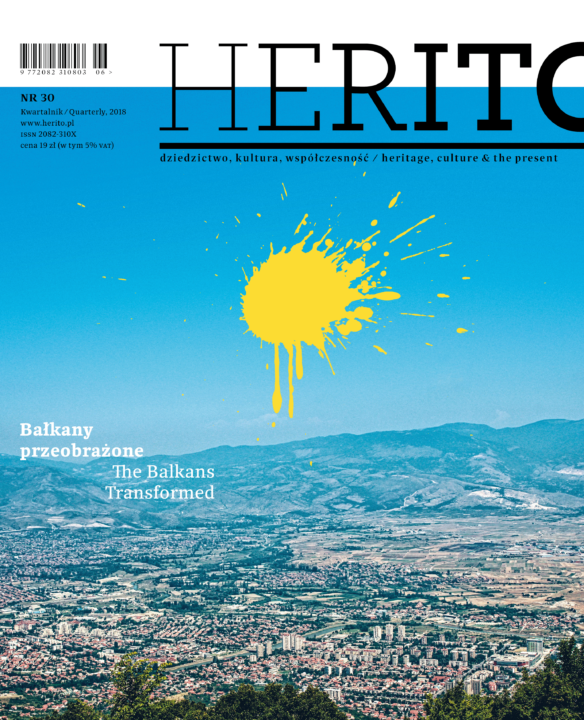
Do the Balkans still have, as Churchill suggested, “more history than they can stomach”? Are they still the “European Orient”, or a noble buffer zone? What is the condition of literatures of Balkan “smaller languages” and wherein lie their hopes? Or perhaps the old Balkans are no longer there, while its nations are merely stronger or weaker narratives? These are among the leading questions posed in the 30th issue of “Herito” quarterly.
Premiere:2018
The City and the Museum
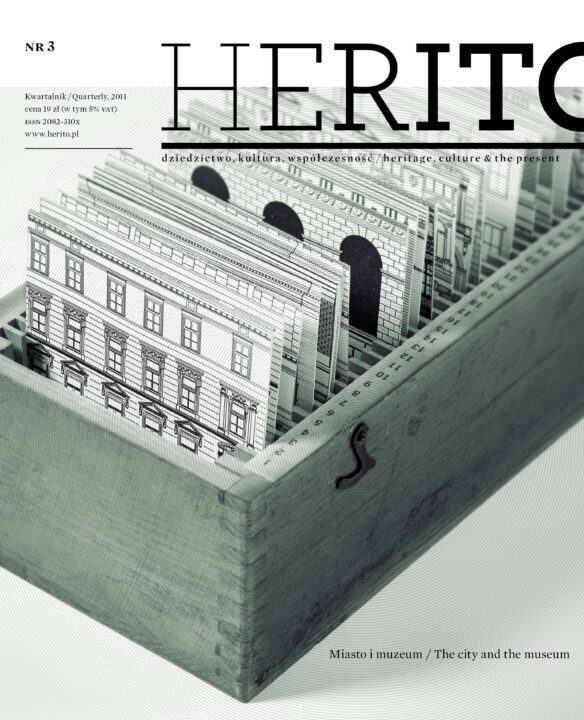
Cities are museums of a sort – as three-dimensional illustrations of history, huge collections, but also treasure chests in which the spirit of the place hides. Unfortunately, the history of our part of the continent has rarely left them intact. Their existence here is a story of ups and downs.
Premiere:2011
The City as a Work of Art
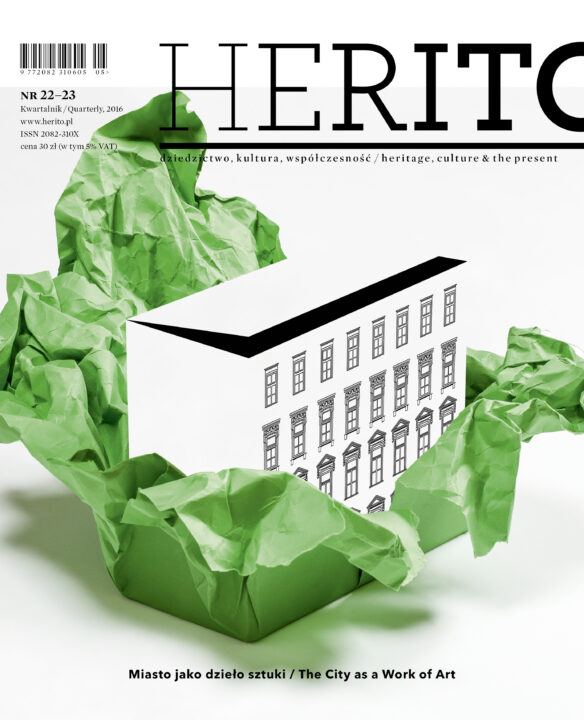
Since the time of Plato and Vitruvius the quest for truth, goodness and beauty has been accompanied by thinking on the ideal layout of the city and composition of its space. It is thus no coincidence that the dream of the ideal city fascinated so many outstanding thinkers and artists of the Italian Renaissance. The goal of achieving harmony and perfection by creating the ideal city plan – stellar, founded on the principles of regular geometricity – has largely, with a few exceptions, remained a utopia.
Premiere:2016
The Elusive Centre (of Europe)
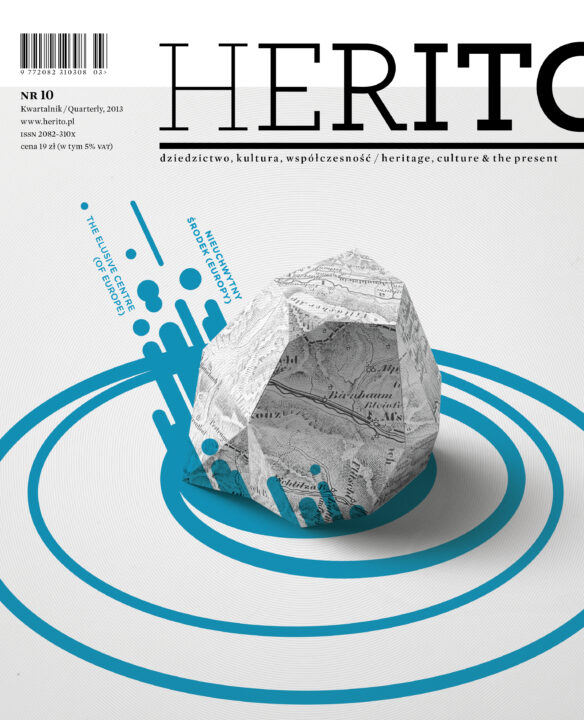
Grasping the centre is a troublesome, difficult or perhaps simply impossible task. Take, for example, the two Visegrads – places with identically sounding names, one in Hungary (Visegrád), the other in Bosnia (Višegrad). The first, which gave its name to them Visegrad Group, is a sign of the possibility of overcoming old feuds and building the foundations for mutual understanding between the countries of Central Europe. The other is a symbol of tragedy and an attempt at rejecting the past, building a future on forgetting.
Premiere:2013
The Oder
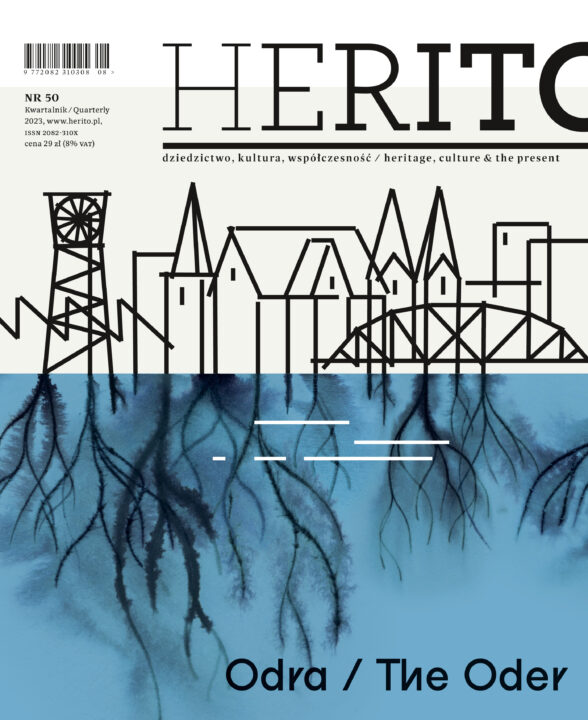
The Oder, although one of Europe’s longest rivers, has not engendered its own myths and stories like the Vistula. For years it remained the uglier sister of the Rhine, deputized to do the hardest work.
Premiere:2023
Thinking the Landscape
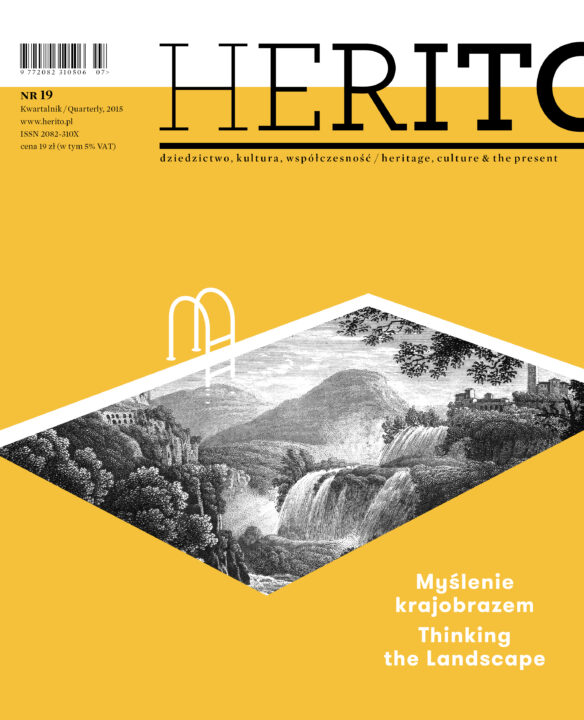
“Landscape is more than painterly or visual effects,” Stanisław Vincenz wrote in 1943. “It is also the soil on which we walk and which we work, its undulation or flatness, its waters – seas, rivers or marshes – and even the air that we breathe.”
Premiere:2015
Turcja - Türkiye - Turkey
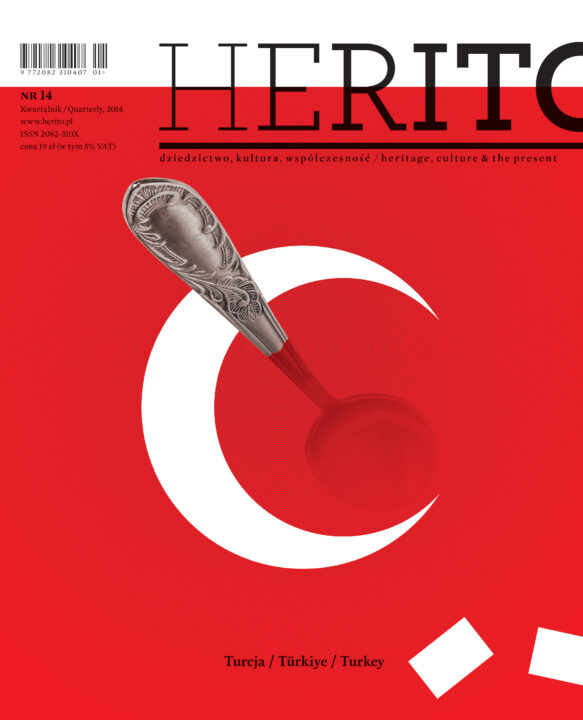
Antemurale Christianitatis – the Bulwark of Christianity – is an important constituent of many national cultures in Central Europe. It is also the experience of the Poland and Poles. Several centuries of the Polish Republic and the Ottoman Empire as neighbours are still alive in the Polish tradition and culture.
Premiere:2014
Women of Central Europe
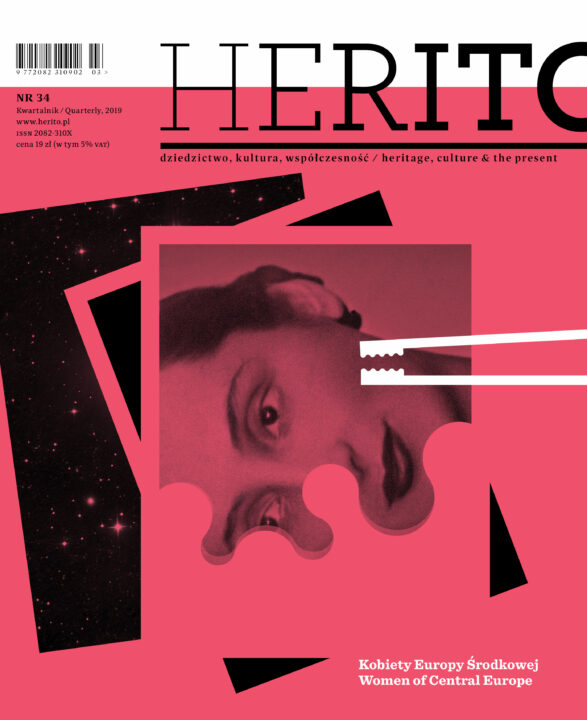
It is only recently that the role of women in history has been more fully recognised. In the early 1970s, the term “herstory” was coined to refer to history told from a woman’s point of view. Although “Herito” always seeks to offer as much space to women authors and their topics as possible, we decided to dedicate the new issue entirely to women that were significant to Central European history, culture, politics, and arts – women often forgotten, underappreciated, or intentionally erased.
Premiere:2019
Copyright © Herito 2020
